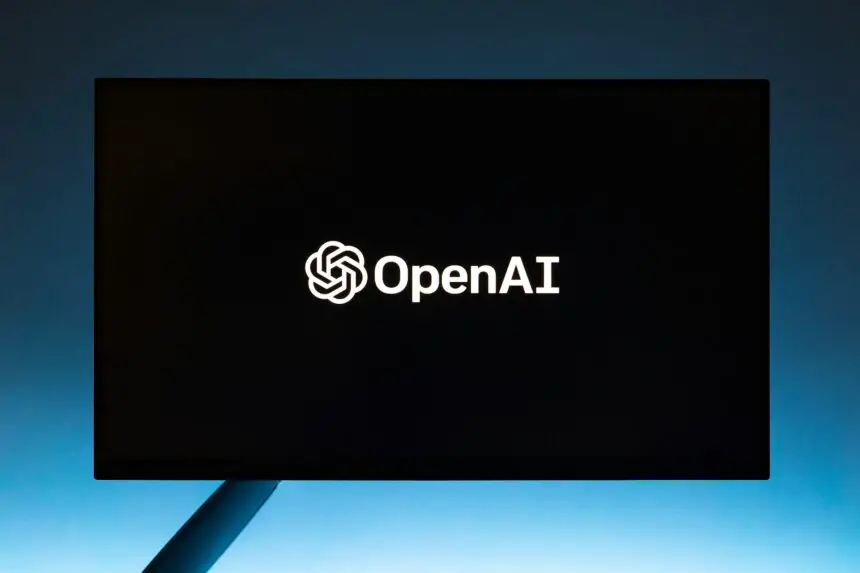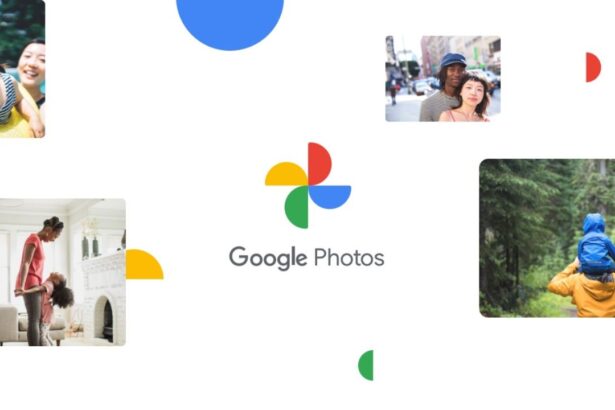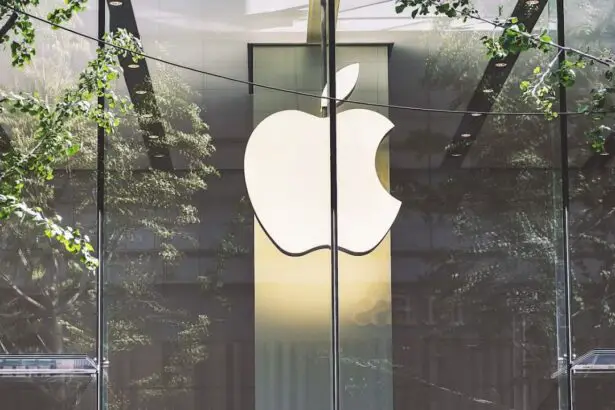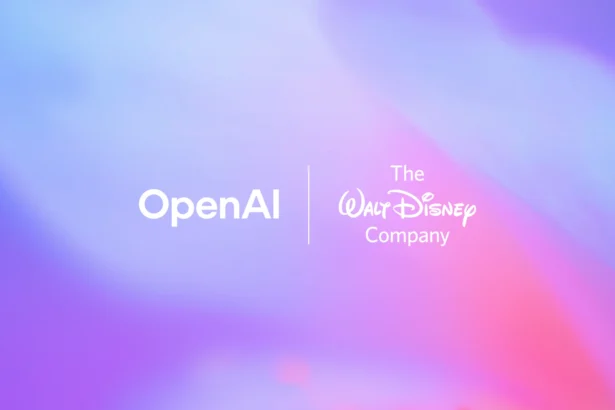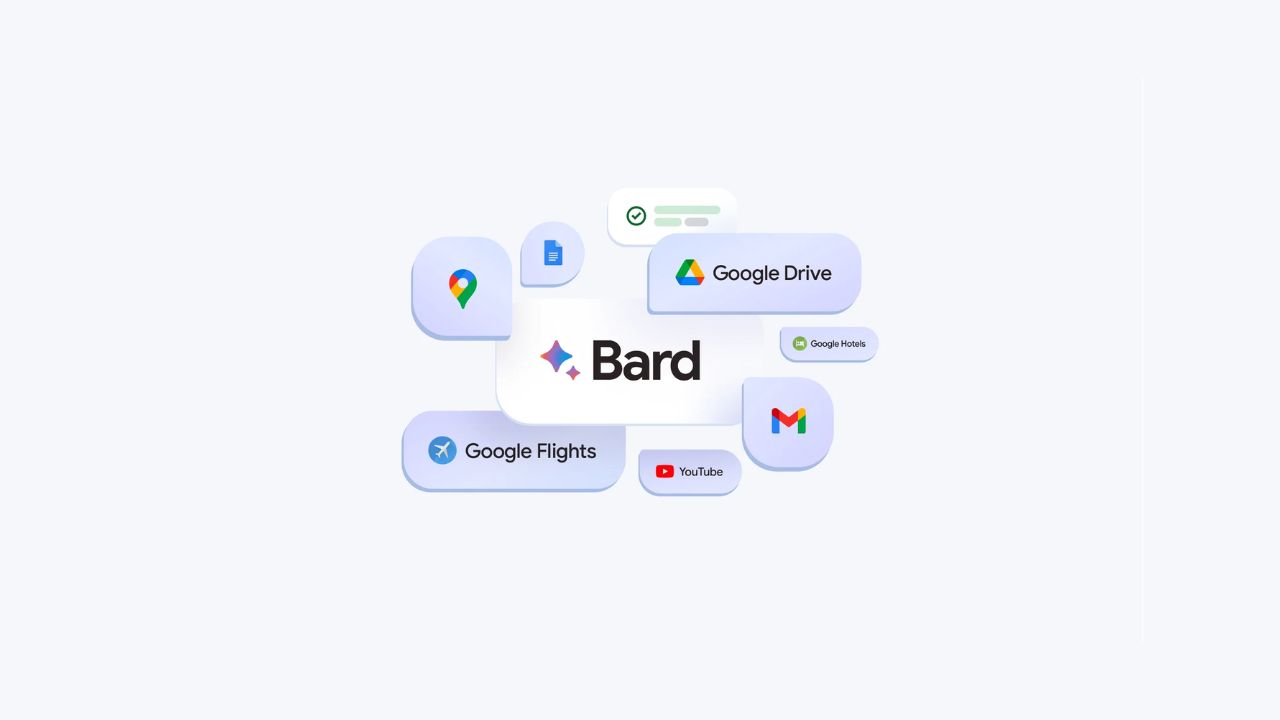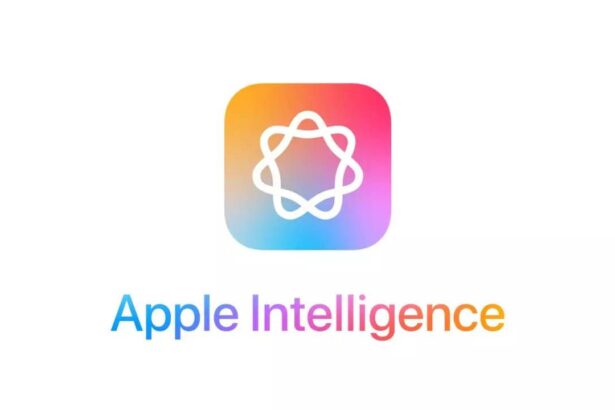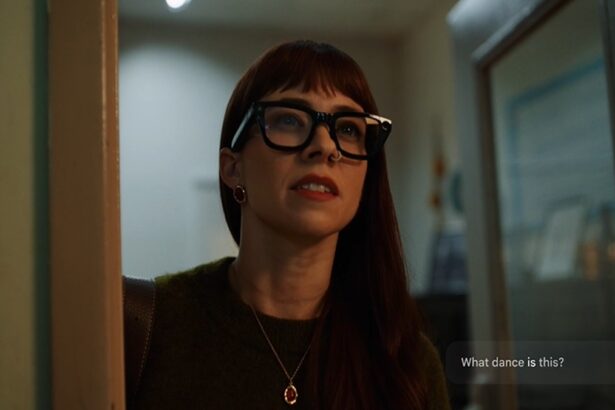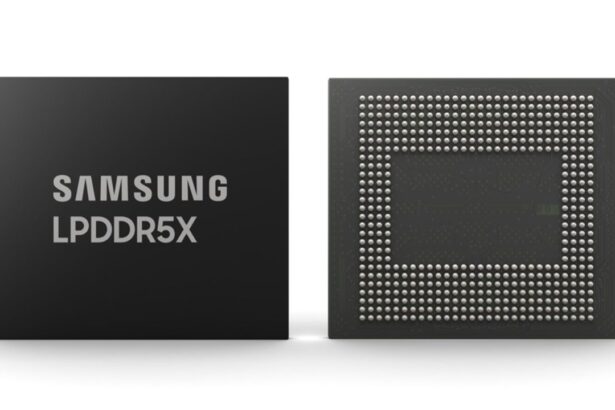OpenAI debuts Sora the company’s most recent innovation, and has swept the artificial intelligence world, ushering in a new era of text-to-video creation. Unveiled yesterday, it stands out for its extraordinary ability to translate text suggestions directly into dynamic visual narratives. While prior attempts at text-to-video synthesis have existed, the newest AI model‘s release has enthralled the tech industry due to its tremendous breakthroughs. Check out the details.
OpenAI Unveils Video-Generative AI: Sora
The new AI model’s powers are nothing short of astounding. OpenAI claims that the model can create dramatic scenarios reminiscent of 1080p movies, complete with several actors, various actions, and intricate backgrounds, all based on a user’s written instructions. Consider a bustling city street at dusk; with a simple verbal description, It may conjure up a rich image complete with moving automobiles, pedestrians, and glittering lights.
Similarly, consider describing an alien environment filled with towering peaks and gushing rivers; the video generative model can bring such ideas to reality. What sets the model apart from its predecessors are its innovative features. Unlike its rivals, which can only generate seconds of footage, the model can create videos lasting up to a minute, allowing for more detailed narratives and scenes.
Furthermore, users can customise the style of the generated films, which range from photorealistic to animated, providing unrivalled creative freedom. Crucially, OpenAI stresses it’s coherence, guaranteeing that the generated information follows logical and physical principles, reducing the possibility of bizarre or nonsensical consequences.
The text-to-video AI model also introduces the concept of video extension, which allows it to smoothly expand current video recordings by filling in necessary details, potentially revolutionising video editing applications. The ramifications of models’ appearances are substantial.
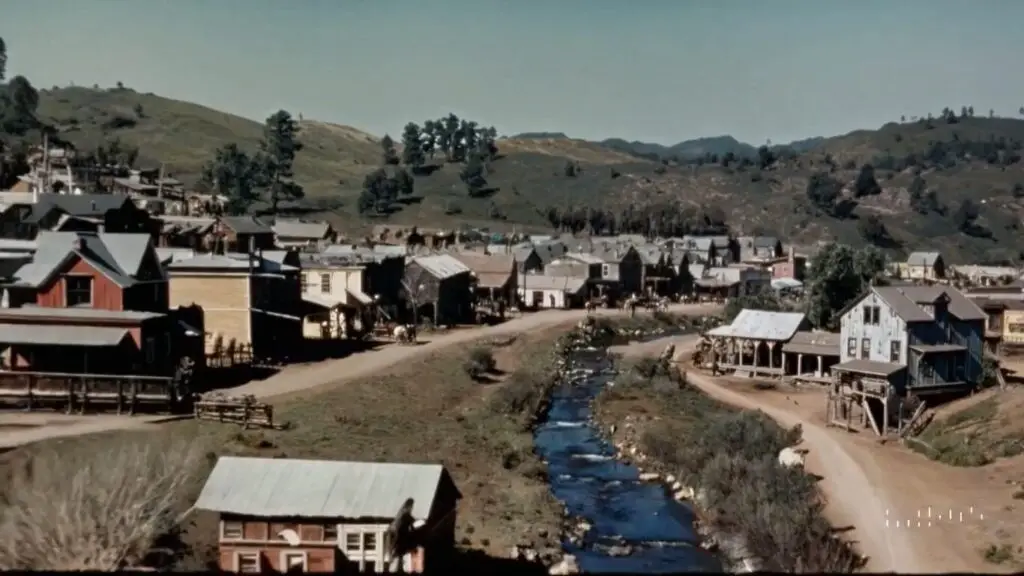
It promises to democratise video creation by starting with a basic text prompt and moving on to create content for social networking platforms, instructional resources, and even short films. Its potential for stimulating creative expression, improving educational resources, and transforming entertainment options is enormous.
Nonetheless, obstacles exist. Despite its pioneering powers, this model is still in its early phases, necessitating careful consideration of issues such as ethical usage, potential abuse, and the quality and coherence of longer video output.
Overall, OpenAI’s new addition represents a watershed moment in the evolution of text-to-video technology. While some challenges persist, its capabilities provide a look into a future in which video creation is more accessible and intuitive, possibly changing different industries and applications.
